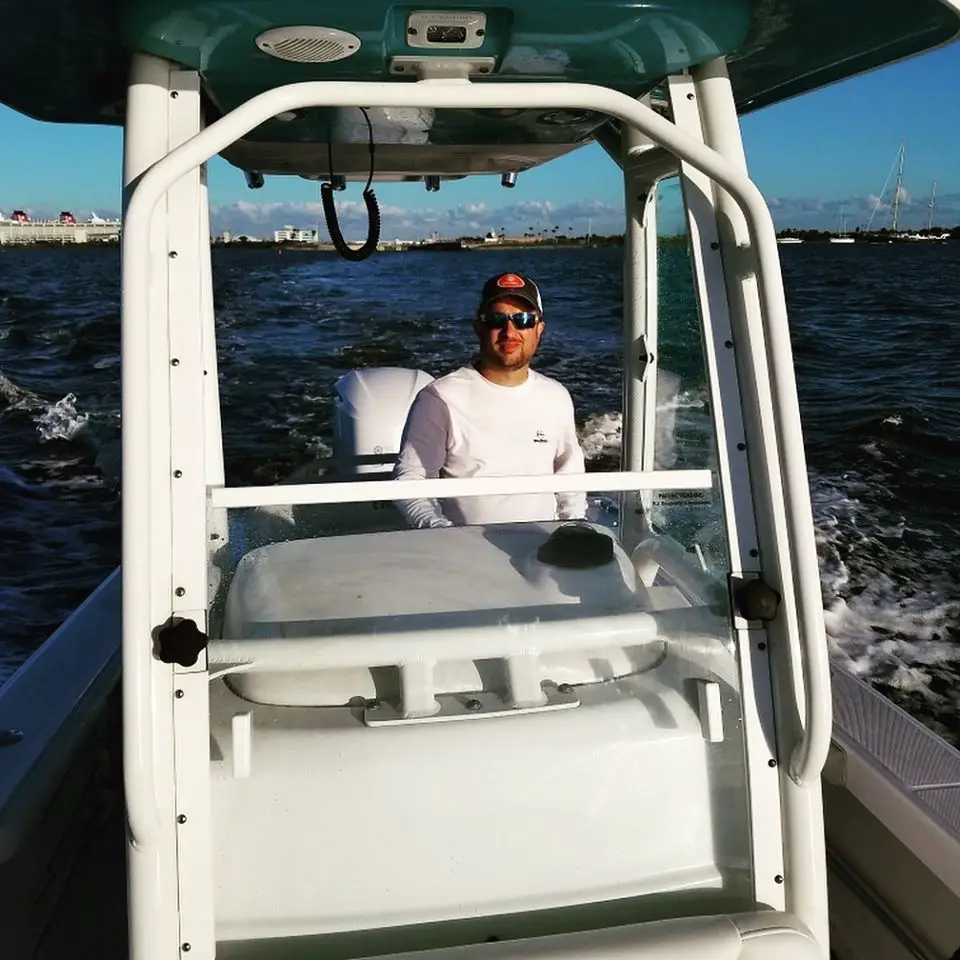This page contains affiliate links. This means that we may get a small commission for recommending products, if you choose to click on something and buy it. This does not cost you anything, but we wanted to be honest and let you know!
(Last Updated On: )It’s time to think about how to winterize your boat!
Winter can be one of the toughest times for a boat not adequately prepared to weather the freezing temperatures.
When properly winterized, you could save thousands of dollars in repair fees and countless hours in a repair shop.
You will be able to winterize your boat in a few hours and save yourself time, money, and be the first on the water in the spring!
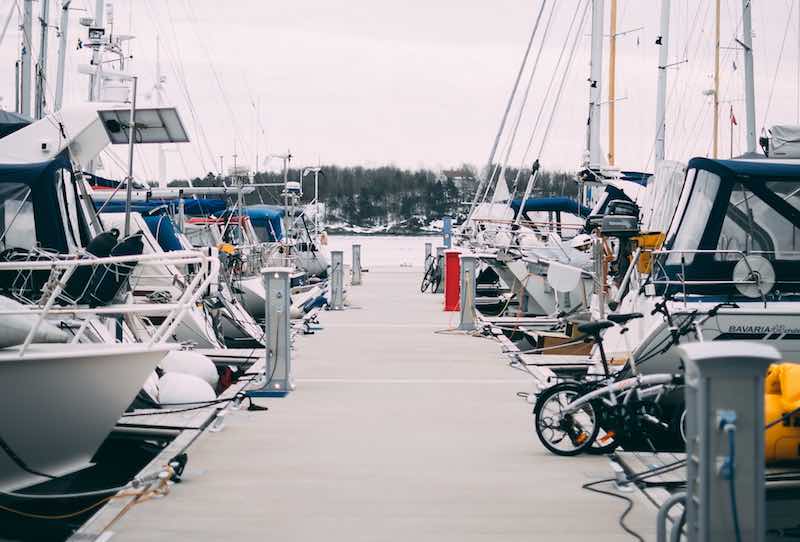
Table of Contents
Why You Should Winterize A Boat
For most people, their boat is a significant investment, and that investment requires care and maintenance.
It is always better to prevent an issue than try to deal with the aftermath. Winterizing your boat will save you time, headaches, and money in the long run.
Some might think that they will deal with any issues in the spring. That will no doubt lead to damage that will be costly to repair.
By taking the time to winterize, you will keep your boat running for years to come.
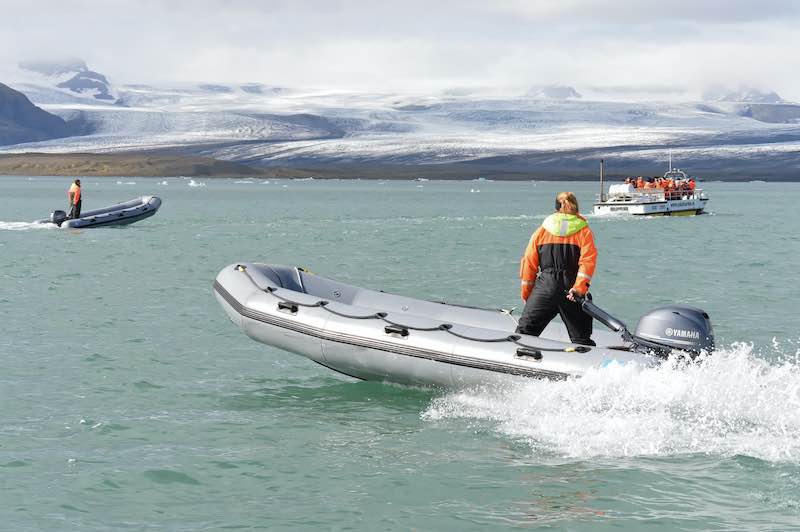
When Should You Do Boat Winterizing?
When you should winterize? It will depend on where you live.
Even though you will want to be on the water as long as you can, keep in mind that an early freeze can destroy an engine.
Here is a link to a gardening site that gives frost dates. Frost Dates: First and last frost dates by zip code.
This site uses data from the National Oceanic and Atmospheric Administration (NOAA).
You can always visit the NOAA site, but the site is not as user friendly as the gardening site.
Once you have determined when you might get the first frost in your area, remember that the data used is historical, so you may get a surprise freeze that can wreak havoc on your boat.
If you are hiring someone to winterize your boat, make sure you get on the schedule.

How To Winterize Your Boat
Winterizing your boat entails more than adding fuel stabilizer, draining the engine, and adding antifreeze.
It is a process that should run from the bow to the transom. Now is the time to look your boat over carefully, and while you are winterizing, take care of any other issues you might discover.
The first step to take is getting out your owner’s manual. Boats and engines differ, so you will want to make sure you are doing the correct procedures for your particular boat.
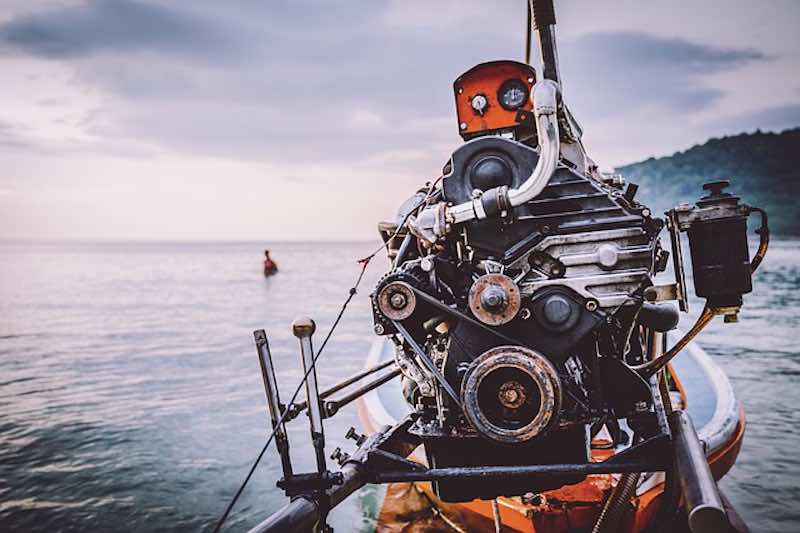
Start With The Engine When Winterizing a Boat
The biggest danger to boat engines in the winter is freezing, corrosion, and fuel degradation.
This could ruin an engine if it is left unwinterized. Take the cover off of the engine and look for frayed or loose wires.
Check connections and clamps to see that they are tight and secure. Next, look at hoses for cracks or degradation of the material and replace those that need replacing.
Inspect belts for wear and tadjust the tension if need be.
If you see any nicks or scratches in the engine’s paint, sand it smooth and touch it up to prevent corrosion. Run the boat engine up to temperature and then change the oil and filter.
Drain The Boat Engine When Winterizing Your Boat
Locate and open the petcocks that are underneath the manifolds on the sides of the engine block.
Take off the water-pump hose and allow the pump to drain and dry thoroughly. If left undrained, any water can freeze and expand to crack the engine block.
Please note: Outboard engines are self-draining and do not need to go through this procedure.
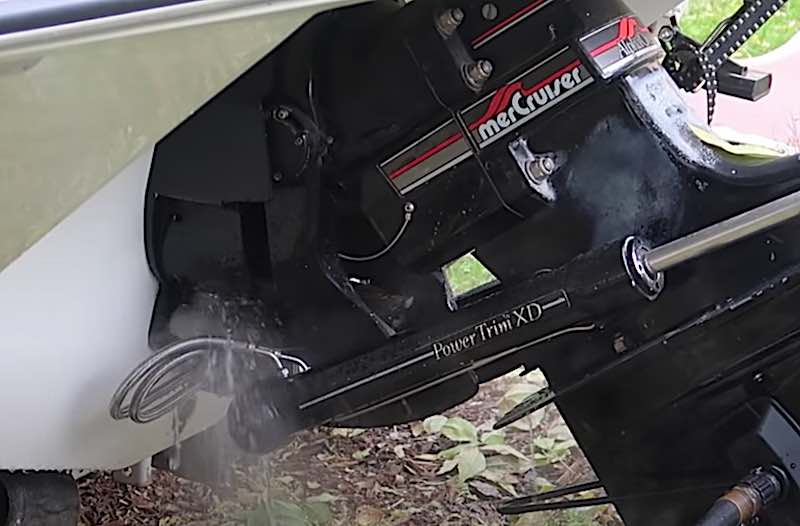
Flush The Boat Engine As Part of Winterizing
Another step in the maintenance/winterizing process is to flush your boat engine with fresh water.
While flushing, idle the engine, making sure it doesn’t overheat. Flush until the water runs clear.
Use a piece of wire to clean all of the outboard telltales: those small holes under the engine show if the water is flowing as it should be.
It is best to store the engine in an upright position after all of the water has completely drained out.
This is especially important, as even a small amount of water can freeze and cause damage.
Both inboards and sterndrives will need filling with propylene glycol antifreeze. You will need anywhere from two to five gallons of antifreeze.
Consult your owner’s manual for the amount. This will keep ice pockets from forming that could potentially crack the block.
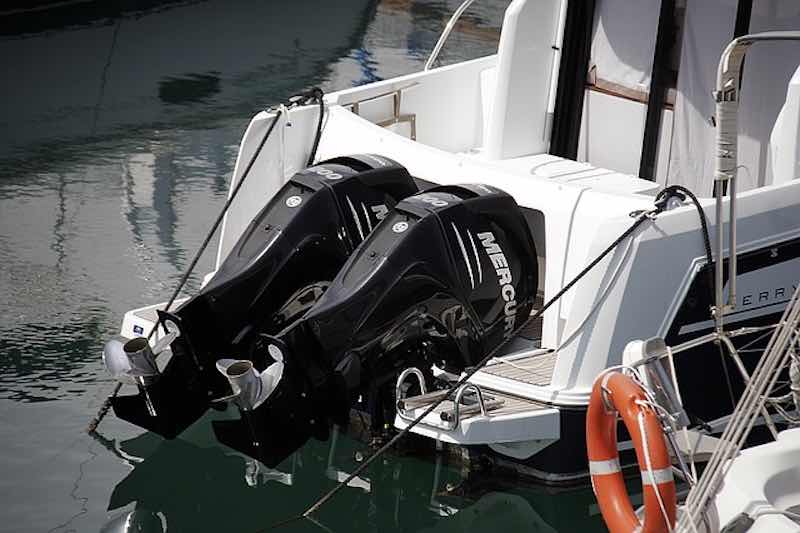
Winterize The Gasoline In the Engine
After about two weeks or so, gasoline can start to break down in an engine. During this process, the fuel’s octane rating will decrease.
The lighter factions in the gas will begin to evaporate off. The heavier ones begin to form a jet-clogging and injector-sticking varnish type substance.
To prevent this from happening, add a fuel stabilizer to the tank after filling your tank about 90% full of fuel.
Idle the engine for about 15 minutes to distribute the stabilizer throughout the engine. The stabilizer will remove the condensation in the tank that can freeze, expand, and crack your fuel tank.
With a four-cycle engine, the main jets in the carburetor are tiny. Even a small amount of fuel can gum them up. Remove the carburetor drain and get all of the fuel out.
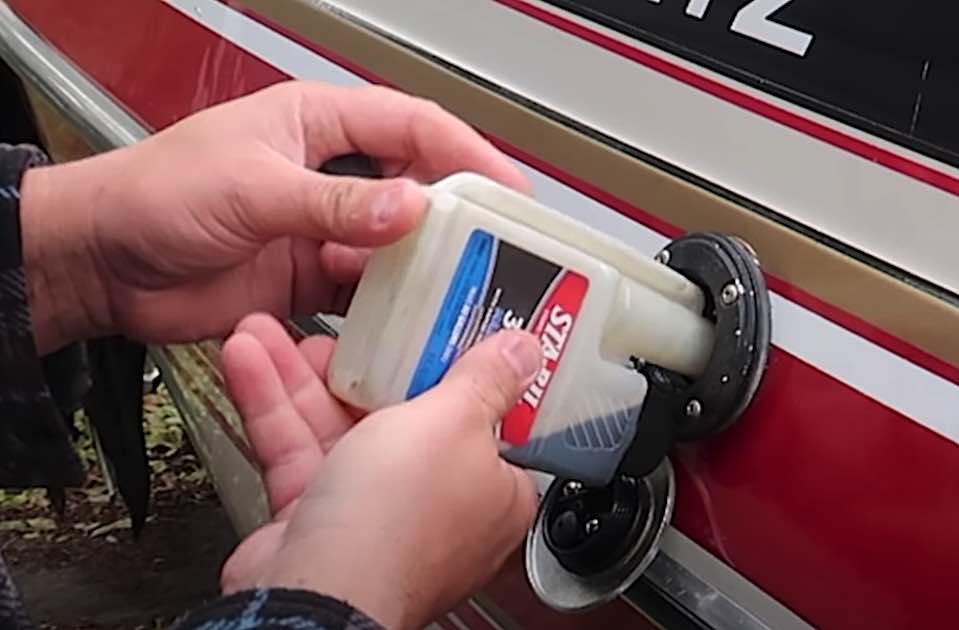
Winterize By Fogging The Engine Carburetors in Your Boat
Protecting internal parts from rust and corrosion is done by spraying fogging oil down the carburetor.
First, remove the flame arrestor and spray the oil while the engine is running. Use the fuel valve or pinch off the fuel line to shut off the fuel supply so that the carburetor’s remaining fuel burns off.
Once the engine stops. Take out the spark plugs and spray some fogging oil into the cylinders.
You will want to rotate the engine a few times to make sure you have gotten a good oil coating.
Once you have done this, reinstall the spark plugs.
Please note: Do not use fogging oil on fuel-injected engines. The oil is sticky and can clog up an injector. For these types of engines, use two-strokes oil instead of fogging oil.
Tom is leaving his boat for a couple of years. And while you are only leaving yours for the winter months, his straightforward approach to the process is worth watching.
Engine Fogging for Long Term or Winter Storage (Outboard Boat) – Tips from Tom
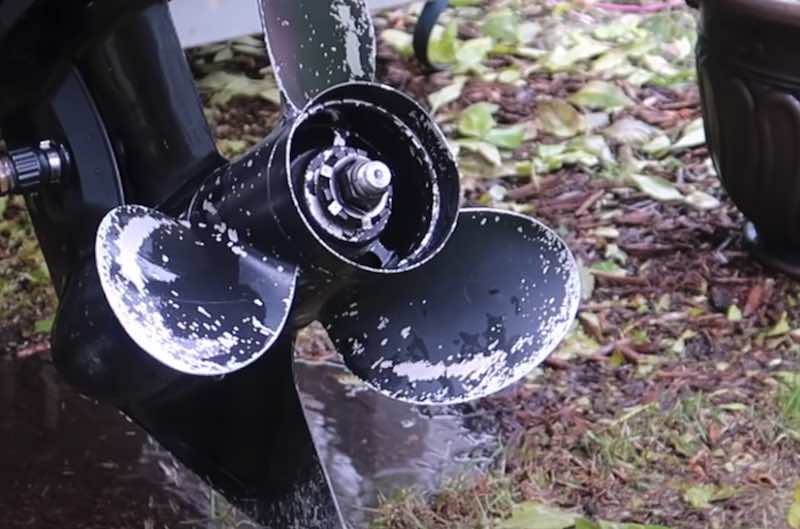
Check Out The Prop During The Winterization Process
At the stern end, put a block of wood between the prop and the anti-ventilation plate. Loosen the prop nut and pull the prop off.
Look the prop over carefully and check the condition of the prop, the hub, and splines. If you have any damage, now is the time to change the water pump impeller.
This will get you ahead of the game for the spring.
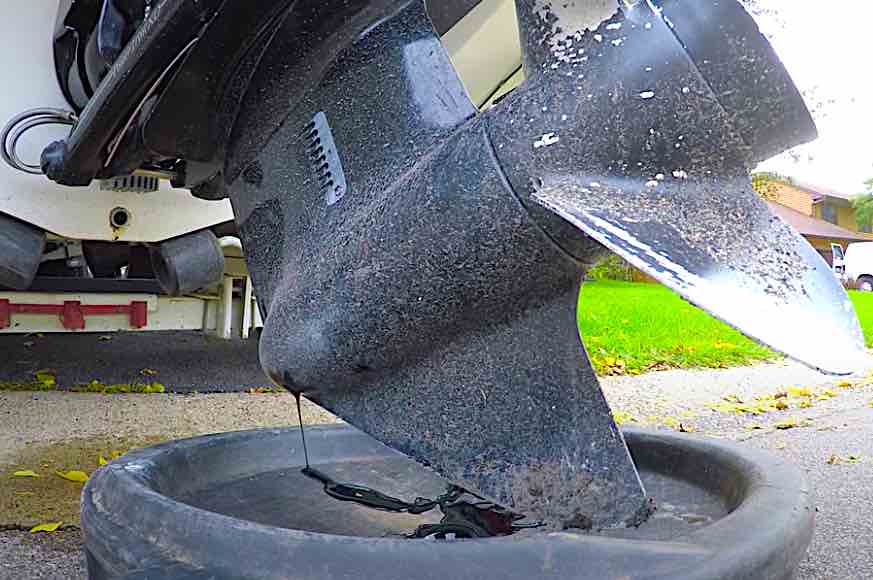
Check Out The Gear Case
Drain the gear case and check the color of the lube that drains out. If it is a milky color, it would indicate that there is water in the oil.
Yellowish color is normal and a product of the lubricant agitation. If having drained the lube into a clean container, you see fine metal flakes, rather like a powder; this indicates normal wear.
If you see metal chips, it means that you need the gear housing to be disassembled and checked by a professional.
Don’t leave the lower unit empty of lubricant over the winter. Moisture can collect gears, bearings, and shafts, with rust forming that will damage internal components.
One more thing. Use an outboard motor cover to provide your motor more protection from cold, dust, or humidity.
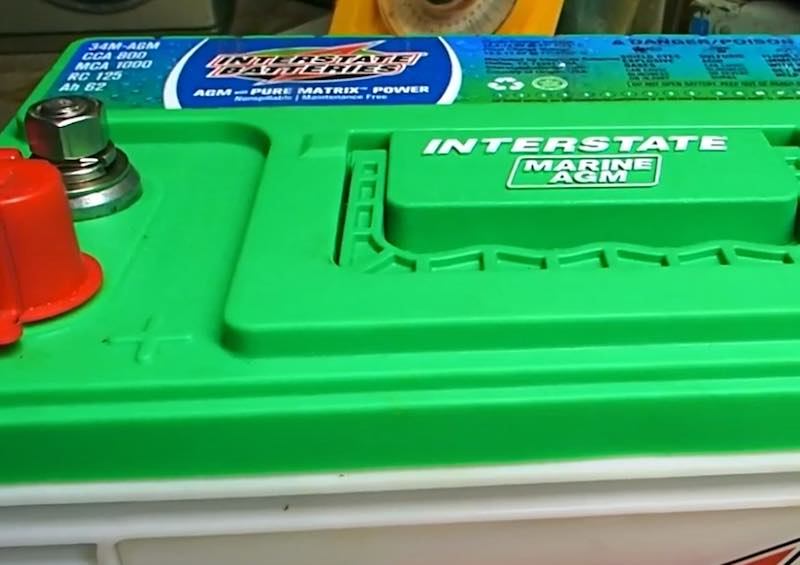
Easy Winterization of Your Boat Battery
Make sure that your battery has a full charge. Once it is at a full charge, disconnect it. If you leave the battery connected, it will eventually drain the battery.
If you have to jump-start it, that can lower the battery life. Rather than jump-starting, you can use a trickle charger, which slowly charges the battery over an extended time.
Still, it is far easier to disconnect the battery and store it somewhere moderate in temperature.
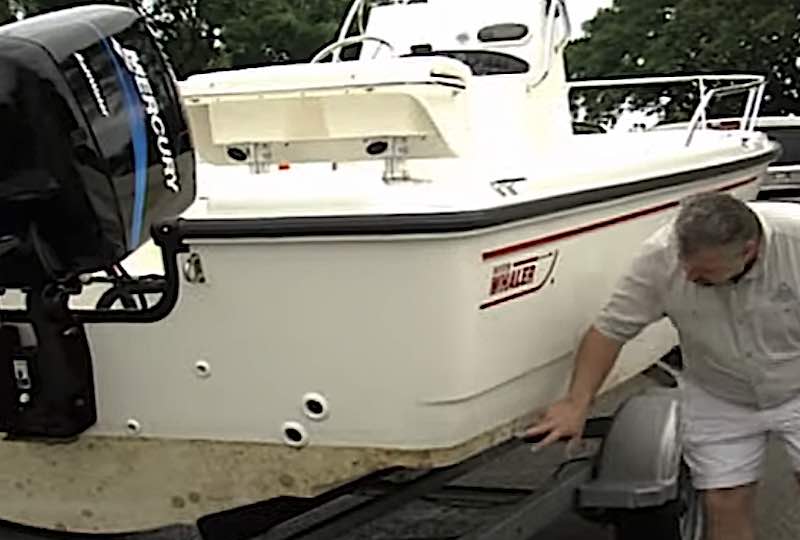
Winterize By Checking The Hull Of Your Boat
Check around the hull for stress cracks that might need repair. Stress cracks can indicate structural damage, so check them out carefully.
If you find any Gelcoat blisters, puncture them, drain, dry, and patch them. Use an epoxy-based filler made for the purpose.
Pressure wash the outside of the boat to get off the dirt and accumulated grime. Scrape off barnacles and sand off any residue.
Use one of the chemical cleaners that are safe for the hull and scrub with a soft sponge. Rinse with fresh water.
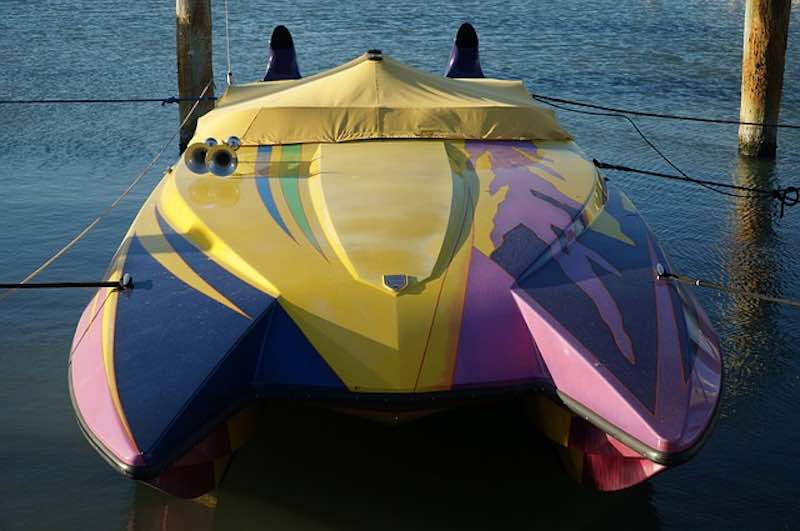
Winterize The Interior Of Your Boat
If you have any electronics you brought on onboard, it is best to store them elsewhere for the winter. Store inside in a dry area.
Put a protectant gel on the vinyl interiors like the upholstery to keep it from drying out and cracking.
If you find any rips or tears, take care of getting them repaired. Clean and dry sinks, showers, or heads. Put antifreeze down the drains.
Eco-Friendly Considerations For Winterizing Your Boat
Being a good steward of your boat also entails being a good steward of the environment.
Protecting your boat by winterizing should be as intuitive as protecting the environment as you do so.
Here are some tips to consider:
- When you are cleaning your boat, clean where the chemicals will not contaminate other bodies of water. Some marinas have wash pads that prevent contaminants from entering the water.
- Some products are better to use than others when it comes to the environment. This article will tell you about a few of them.
Best Eco-friendly Boat Detailing Products in 2021 – Keep Both Your Boat and The Water Clean
- Winterize the engine and freshwater system with safe, non-toxic “marine” antifreeze that contains propylene glycol. Never use automotive antifreeze.
- Collect the waste oil from your boat’s engine and recycle it at your local marina or gas station.
- If you have sewage holding tanks, pump them out at your marina. If your marina does not have a pumping station, look online for a piping statin near you.
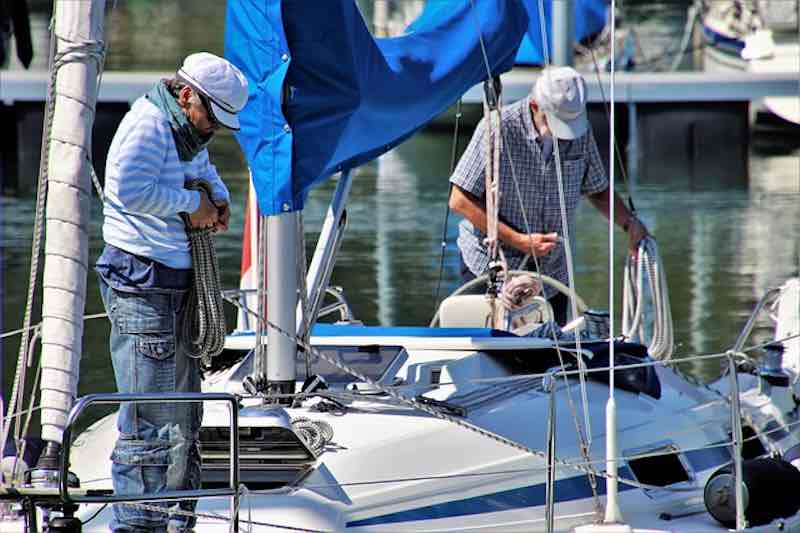
Tools And Supplies Needed for Winterizing Your Boat
Our friends at the Family Handyman have put together a guide for winterizing your boat. It includes a list of tools that you will need for the process.
Sam will give you additional information on how to Winterize Your Boat. Sam winterizes about 150 boats each season and has not cracked a block yet!
Here are Sam’s suggestions for tools needed when doing your boat winterizing:
- 4-in-1 screwdriver
- Bucket
- Nut driver
- Socket/ratchet set
- Wrench set
- oil suction pump, a
- lower-unit injection pump
- plastic gloves.
Materials list:
- Drain plug gaskets
- Fogging oil
- Motor oil
- Oil filter
- RV antifreeze
In Conclusion
Avid and experienced boaters will tell you that time spent winterizing your boat is time well spent.
Come spring, you want to be able to be out on the water, enjoying your boat and being out of doors.
Damage from not having done necessary maintenance or not having winterized correctly can sideline you with expensive and time-consuming repairs.
Take the few hours needed to keep you afloat come spring!
FAQ
How much does it cost to winterize a boat?
There will be variables according to the size and type of boat. If you have a smaller boat, it could be around $100 to $150.
On average, if you have a professional winterize your boat, it will be in the neighborhood of $300. Six and eight cylinders will be closer to $500 done professionally.
Can I winterize my boat myself?
Yes, you can winterize your boat yourself. If you are a little bit handy, it is a great way to save money.
Use the owner’s manual or look online for instructions for your particular boat.
Take your time as you go to avoid mistakes. It is an excellent time to give your boat a complete look over, too.
What happens if I don’t winterize my boat?
If you do not winterize your boat, your engine can be ruined by expanding frozen fluids.
Corroded spark plugs and wiring can compromise the running of the boat. Any water will freeze and expand, causing damage.
Mold and mildew can also take hold on a boat not properly winterized.
Do I have to winterize my boat in Florida?
While Florida may not experience freezing temperatures, if you are not going to use your boat for an extended time of six weeks or more, it is recommended that you fog your engine.
This consists of using fogging oil that is anticorrosive and will protect the carburetor and cylinders’ internal surfaces.
Florida may not have low temps, but the heat and humidity can accelerate the process of corrosion.
